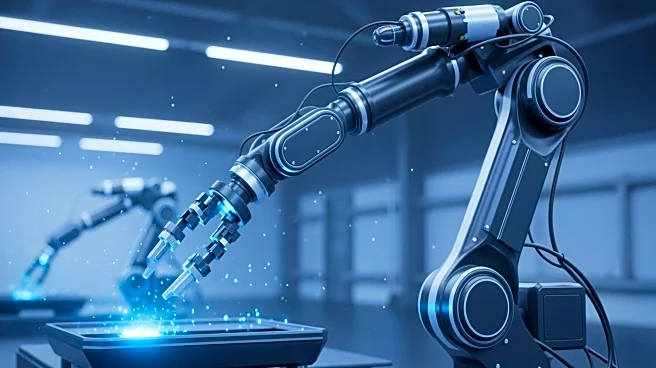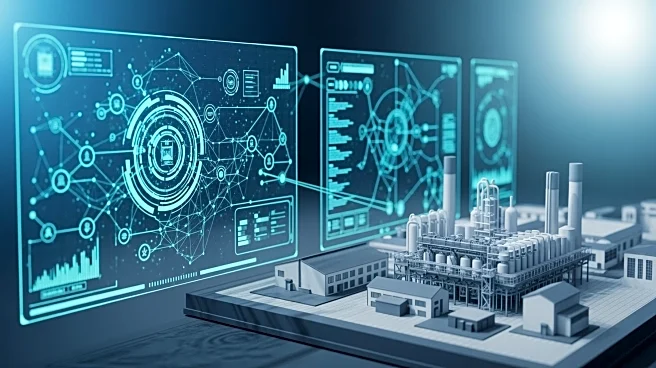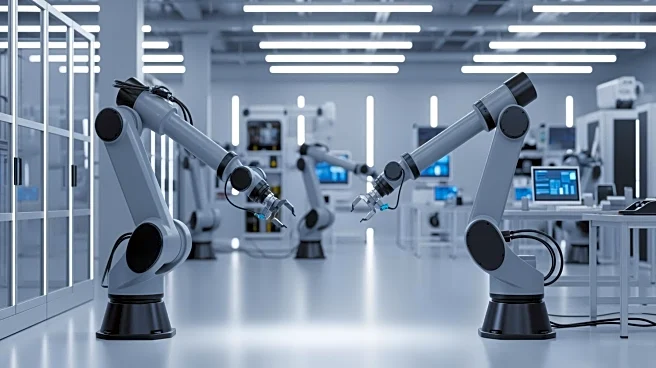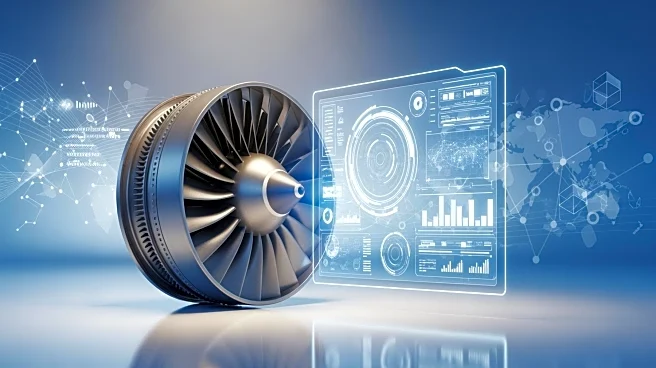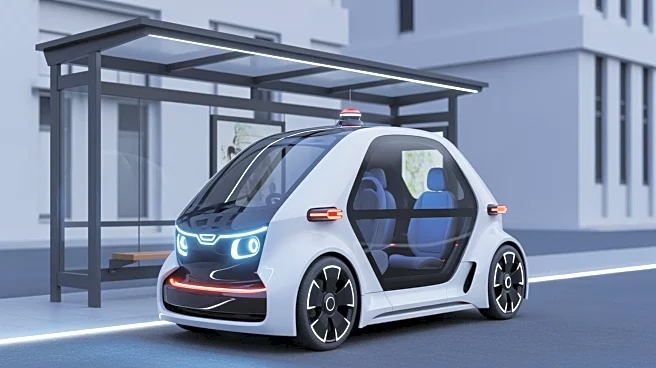What's Happening?
Industrial companies are increasingly adopting advanced robotics and automation technologies to enhance productivity and efficiency. The integration of Collaborative Robots (Cobots) and Autonomous Mobile
Robots (AMRs) is becoming more prevalent, allowing for human-robot collaboration and self-guided operations. A 1% increase in robot density correlates with a 0.8% increase in productivity, highlighting the significant impact of robotics on industrial performance. Despite economic uncertainties, including high capital costs and supply chain disruptions, companies are focusing on business development and cost reduction strategies to navigate these challenges. The adoption of robotics is seen as a key driver for future growth and profitability in the industrial sector.
Why It's Important?
The adoption of robotics and automation technologies is crucial for industrial companies to remain competitive in a rapidly changing economic landscape. These technologies can significantly reduce labor costs, improve safety standards, and enhance product quality, thereby driving efficiency and profitability. As companies face challenges such as supply chain disruptions and economic volatility, leveraging robotics can provide a strategic advantage by streamlining operations and reducing dependency on manual processes. The shift towards automation also reflects broader trends in digital transformation and the integration of advanced technologies across industries.
What's Next?
Industrial companies are expected to continue investing in robotics and automation technologies to further enhance productivity and operational efficiency. This may involve expanding the use of Cobots and AMRs in various applications, from inventory management to complex manufacturing tasks. Companies will also need to address challenges related to data management and cybersecurity to fully leverage the benefits of automation. As the industrial sector evolves, businesses will likely explore new opportunities for innovation and collaboration to drive growth and adapt to changing market conditions.
Beyond the Headlines
The increasing adoption of robotics in the industrial sector may have broader implications for the workforce, as automation can lead to shifts in employment patterns and skill requirements. Companies may need to invest in training and development programs to equip workers with the skills needed to operate and collaborate with advanced technologies. Additionally, the integration of robotics may influence global trade dynamics, as companies seek to optimize production processes and reduce reliance on international supply chains.




